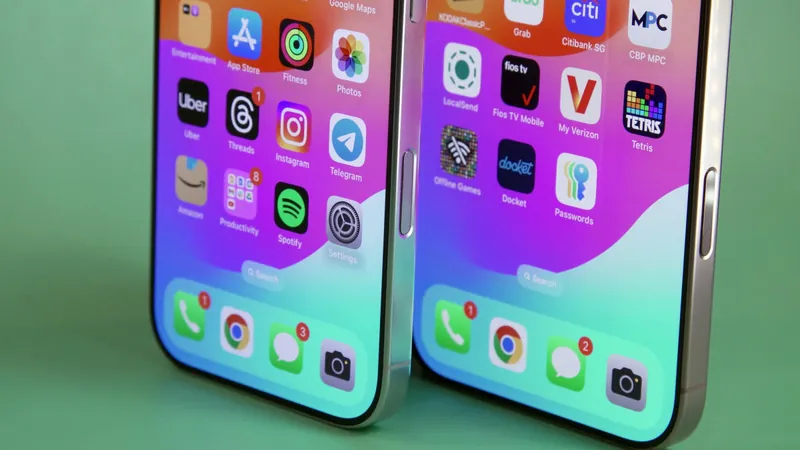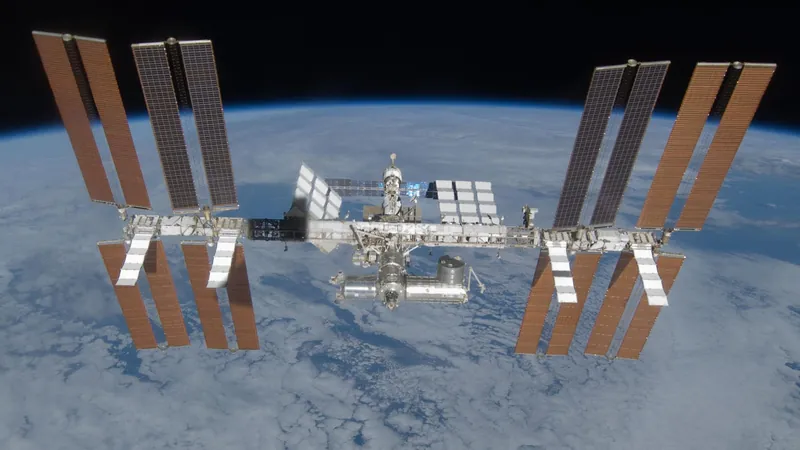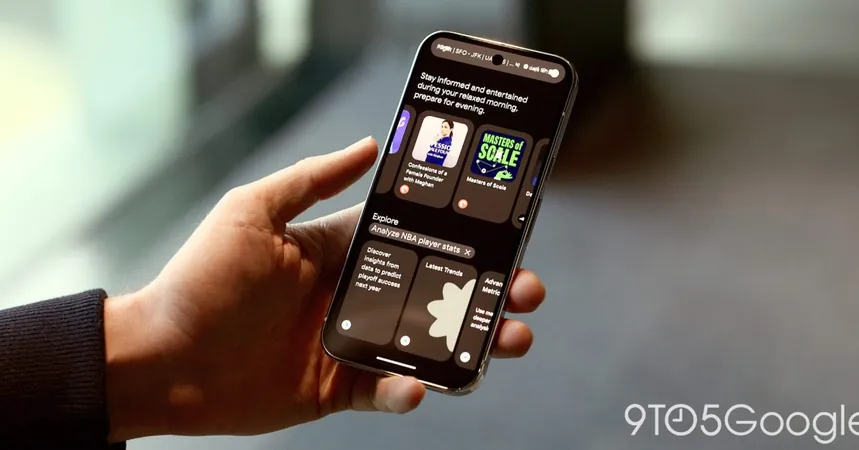
Why the iPhone 17 is the Make-or-Break Ticket for iPhone Upgrades
2025-09-08
Author: Ming
When I purchased my iPhone 12 back in 2020 to replace my aging Pixel 3, I never imagined I'd still be using it nearly five years later. The reason? Apple still hasn't introduced the one feature I crave on a standard iPhone: a ProMotion display.
For those unfamiliar, ProMotion is Apple's branding for high-refresh rate displays, initially unveiled with the iPhone 13 Pro. Since then, every Pro model has come equipped with a sumptuous 120Hz refresh rate that can drop to 1Hz for always-on features. This impressive tech not only enhances gaming but makes every single swipe and tap feel smoother and more responsive. Yet bizarrely, if you want this impressive feature on an iPhone, prepare to fork out at least $1,000.
I’m certainly not alone in my hesitation to upgrade. When the iPhone 15 dropped in 2023, it brought along some appealing features, including the coveted Dynamic Island display. However, the absence of ProMotion was a dealbreaker for me. Despite the flashy upgrades, I found myself sticking with my trusty iPhone 12.
Apple's approach to slowly rolling out features to its flagship line is starting to lag behind competitors. Industry guru Ross Young speculated back in 2022 that we wouldn't see ProMotion on standard iPhones until 2024, attributing the delay to supply chain issues. But I can't help but wonder if it's more about Apple’s strategy to nudge consumers toward their premium models.
However, the landscape is about to shift significantly. Reports indicate that all iPhone 17 models set to launch in 2025—including the iPhone 17, 17 Pro, 17 Pro Max, and the all-new iPhone 17 Air—will come with 120Hz displays. This revelation has me optimistic about finally upgrading.
Yet, I can’t shake the feeling that Apple’s hesitation to introduce ProMotion earlier was a tactical move to maintain the allure of the Pro models. With the iPhone 17 potentially leveling the playing field, we may see some challenging dynamics for the Pro line in the near future. As features like ProMotion become mainstream, what else will differentiate the Pro models?
The iPhone Pro may soon find itself in an awkward position, especially if upcoming models revert to aluminum construction. Without bold differentiators like ProMotion, what compelling reasons will exist to pay extra for those Pro upgrades?
During a recent podcast chat with Bloomberg’s Mark Gurman, we discussed Apple’s apparent pivot towards the iPhone Air. While it may initially debut with fewer features like a single camera or slightly less battery life, there's potential for it to evolve into Apple's flagship device—a leaner, sleeker option at a more attractive price point.
While it sounds speculative, the future might just see the iPhone Air surpassing the traditional iPhone. Maybe it’s hopeful thinking, but wouldn’t it be amazing if both the Air and standard models offered similar perks, yet Apple still managed to sell the Air as the premium choice for discerning consumers?






 Brasil (PT)
Brasil (PT)
 Canada (EN)
Canada (EN)
 Chile (ES)
Chile (ES)
 Česko (CS)
Česko (CS)
 대한민국 (KO)
대한민국 (KO)
 España (ES)
España (ES)
 France (FR)
France (FR)
 Hong Kong (EN)
Hong Kong (EN)
 Italia (IT)
Italia (IT)
 日本 (JA)
日本 (JA)
 Magyarország (HU)
Magyarország (HU)
 Norge (NO)
Norge (NO)
 Polska (PL)
Polska (PL)
 Schweiz (DE)
Schweiz (DE)
 Singapore (EN)
Singapore (EN)
 Sverige (SV)
Sverige (SV)
 Suomi (FI)
Suomi (FI)
 Türkiye (TR)
Türkiye (TR)
 الإمارات العربية المتحدة (AR)
الإمارات العربية المتحدة (AR)